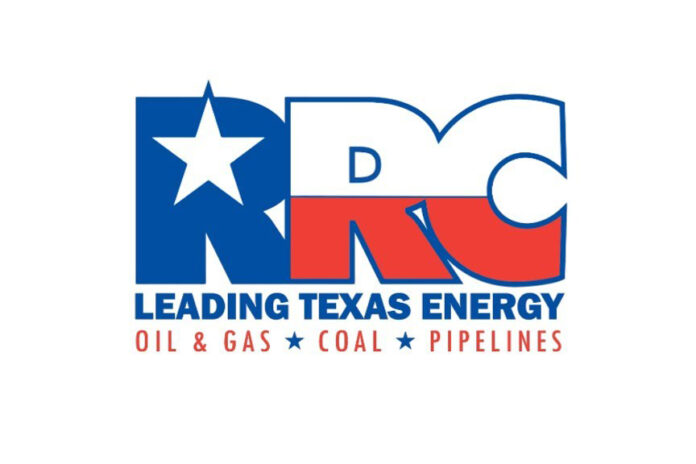The Texas Railroad Commission’s December order for the Permian Basin operators of 33 saltwater disposal wells immediately to cease operations and hopefully lower the frequency and severity of earthquakes has only had half the effect that the TRC intended.
That’s because the operators of 15 of those wells have used a loophole in the commission’s regulations to request hearings and keep pumping till the hearings are held and final rulings are made.
Odessa oilman Kirk Edwards said Wednesday that he had been very disappointed to discover the widespread non-compliance.
Edwards said the reason for it “is the tremendous amounts of money that they are still making daily while they wait on their hearings.
“Assume that an operator is putting away 30,000 barrels a day at $1 a barrel,” he said. “That would be close to $1 million a month on just one well.”
Referring to the earthquakes that have regularly kept jostling the Basin since the TRC’s order to operators in the Gardendale Seismic Response Area, Edwards said, “Everyone thought the order to shut in the 33 deep disposal wells would take care of the problem, but now we find out that 15 wells are still injecting into those deep horizons because of the loophole that allows them to take advantage of a hearing and keep injecting.
“That is opposed to the operators of the 18 wells who ceased injecting on that day. Continuing to dispose of water and cause earthquakes is not in the public safety interests of the citizens of Odessa and Midland. The Railroad Commission should expedite those hearings and get all 33 wells shut in to see if the seismic activity will stop because it needs to stop today.”
Edwards said the TRC is studying the Stanton and Mentone seismic response areas to see if regulatory action should be taken there.
Midland geologist Steve Melzer said Wednesday that he was certain “beyond a doubt” that the saltwater disposal wells are causing the quakes that increasingly register near or above 3.0 on the Richter Scale, including a 2.6 and a 2.9 Jan. 25 in Odessa. “When you start messing with a guy’s business, it’s human nature to push back,” said Melzer, a specialist in CO2-enhanced oil recovery.
“They would have preferred to have a little bit of warning, but the problem is that the magnitude of the quakes we’ve been having is getting to the threshold of damaging buildings. It’s not just an inconvenience when you get to that level. That’s what’s worrying me.”
Melzer said the quakes are getting worse because the geology is changing with the injection of more and more saltwater from oil production that is disposed of because it is hazardous with high salt content, hydrocarbons and industrial compounds.
“The fault lines are opening up where they’re injecting into those transmissive fractures and the water volumes and pressures are such that going into the deeper zones can lubricate those faults and they can move,” he said. “It’s all anecdotal because we can’t actually see what’s going on down there, but the coincidence is beyond doubt in my mind.
“This area between Midland and Odessa is complicated, especially when you get into the Parks Legado area. The studies I’ve done suggest quite a number of faults there.”




